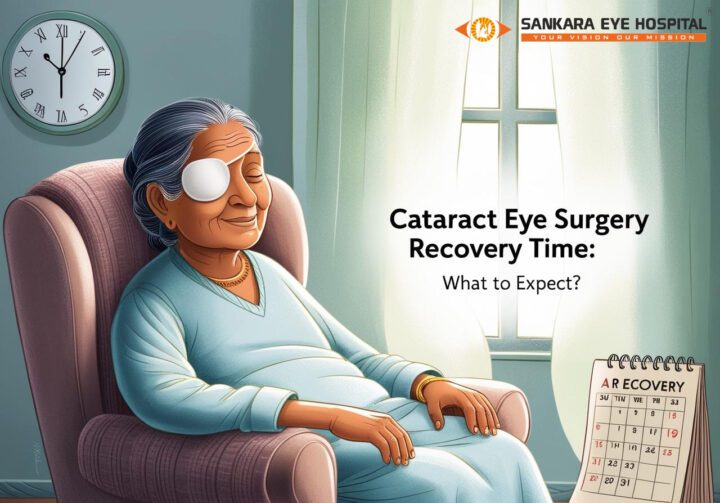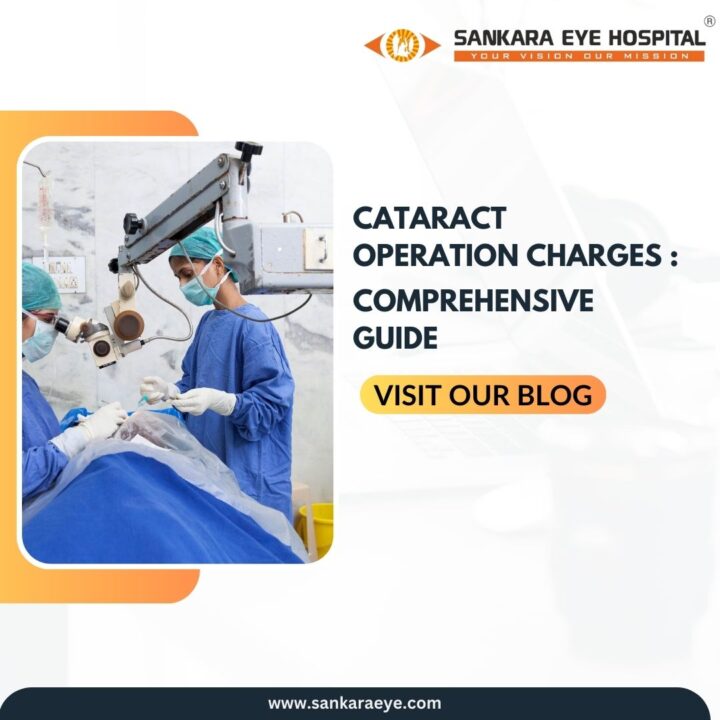Glaucoma eye treatment
Glaucoma eye treatment
Glaucoma is a medical condition where the eye’s optic nerve gets damaged, affecting your vision. It is caused when there is considerably high pressure in your eye, which damages the optic nerve. You are also more likely to develop glaucoma if members of your family have it. People usually develop this condition in the latter part of their life, mostly after 40. Glaucoma is the leading cause of blindness for people over the age of 60 worldwide. Its is must for everyone to know about glaucoma eye treatment available.
Glaucoma causes permanent vision loss if the damage worsens and the condition is left untreated over a prolonged period of time. You need to visit the doctor immediately if you suspect any symptoms of eye pain, blurred vision or other eye-related symptoms. If you are diagnosed with glaucoma, follow the treatment plan and visit your doctor to get regular eye exams. If the medicines and laser treatment work, you can likely correct your vision without surgery.
Causes of glaucoma
There is a fluid inside the eye called aqueous humor and it flows out of your eye through a mush-like channel. When the mush-like channel gets blocked or if the eyes produce too much fluid, the fluid inside the eye builds up, creating pressure. More often than not, glaucoma is inherited from parents and passed on to their children.
The other not so common causes of glaucoma are chemical injuries to the eyes, blocked blood vessels, inflammatory conditions and eye infections. Sadly, glaucoma can also be brought upon due to other eye conditions. Glaucoma usually affects both the eyes.
Types of glaucoma
Open-angle glaucoma
This is the most common type of glaucoma. It is also called wide-angle glaucoma. The trabecular meshwork which is the drain structure in the eye looks fine but the fluid doesn’t flow out as it should, building up pressure.
Angle-closure glaucoma
Angle-closure glaucoma is also called narrow-angle glaucoma or chronic angle glaucoma. This happens when the fluid inside the eye doesn’t drain the way it should. The fluid doesn’t drain because the drain space between your iris and cornea becomes too narrow. This causes pressure in the eyes. Angle-closure glaucoma is linked to cataracts and farsightedness.
Less common types
- Secondary glaucoma happens when another eye condition such as a cataract causes pressure in the eyes.
- Pigmentary glaucoma causes heavy pigmentation of the trabecular meshwork. The drainage canals in the eyes get blocked because these pigments get into the fluid inside the eye.
- Normal-tension glaucoma happens when the optic nerve is damaged even though the eye pressure is in the normal range.
Symptoms of glaucoma
- Eye pain
- Upset stomach
- Vomiting
- Vision loss
- Redness in the eyes
- Eyes that look blurry or hazy ( Infants can also have hazy eyes)
- Headache
- Sudden vision disturbances
- Nausea
- Seeing rings or rainbow-coloured circles around lights or bright lights
- Lot of blinking
- Sensitivity to light
- Teary eyes
- Dull eyes
- Large eyes
Symptoms that children with glaucoma may experience
- Blurred vision
- Headaches
- Trouble seeing their peripheral vision
- Nearsightedness that only gets worse
Glaucoma diagnosis
The common tests to diagnose glaucoma include Tonometry, Gonioscopy , Pachyhetry , visual fields and optical coherence tomography (oct) .
Photographs will be taken so that you can spot differences on your next visit . The optometrist conducts tonometry test to check the pressure of your eyes. They perform gonioscopy to see whether the angle of your eye is open or closed. OCT helps in early diagnosis of glaucoma based on the nerve fibre thickness and ganglion cell layer thickness. The optometrist also performs a visual field test to check whether you have lost your peripheral vision.
Glaucoma Eye Treatment
- Eye drops are prescribed for the patient and this lowers the pressure in the eye, preventing further damage to your optic nerve.
- Laser treatments are done to help drain the fluid of the eye. This lowers the eye pressure. This is a simple procedure done by the doctor in his office.
- Surgery is done when medicines and lasers do not work.
Points to remember during your glaucoma eye treatment
- Do not forget to have regular checkups.
- Medication has to be followed.
- Be open to your doctor about the side effects you are experiencing.
- If you are having issues with vision and everyday tasks become difficult, ask your doctor about devices that could help with vision.
- Ask your family members to get tested for glaucoma, as it is inherited from families.
Risk factors- Glaucoma
- Family history of glaucoma
- Medical conditions like diabetes, sickle cell anaemia, high blood pressure and heart disease
- Nearsightedness or farsightedness
- Eye injuries
- Taking corticosteroid medications for a long time
Using eye drops for long periods




